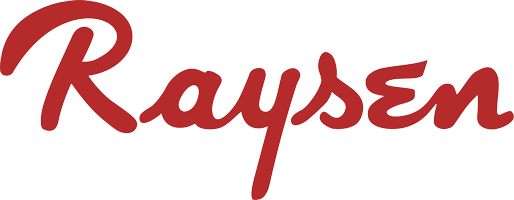We are always looking for our most compatible handpan partner. "How did the handpan evolve?" , how do we go about answering this question? Today, let's take a time machine back in history to recall the development of the handpan. See how handpan came to our lives and brought us healing experiences.


In 2000, Felix Rohner and Sabina Schärer invented a new musical instrument in Bern, Switzerland.
In 2001, the handpan makes its first appearance at the Frankfurt exhibition. They chooses PANArt Hangbau AG as the name of their company and "Hang" as their registered trademark.
Between 2000 and 2005, Hang's workshop designed between 15 and 45 different tone rings, with the center Ding ranging in pitch from F3 to A3, for the first generation of handpan, and from 2006 onwards, the second generation of handpan, with an annealed copper plating on the surface of the nitrided steel, and a copper ring at the joint of the two hemispheres, is tonalized to the same pitch as the first generation's multi-timbral, multi-center Ding. In terms of intonation, the 2nd generation unifies the various types of the 1st generation's center Ding tone into only one type of D3. As for the ring around the Ding base note, A3, D4 and A4 are the necessary tones, while the rest can be customized. The most popular was the nine-tone model (one bump at the top surrounded by eight pits).
Initially, only Felix and Sabina knew how to produce this instrument, making the PANArt Hangbau AG initially a one-man business. Later, others tried to figure out how to make the Hang, and in 2007, Pantheon Steel, an American manufacturer of steel drums, announced that it had developed a new instrument very similar to the PANArt Hangbau AG. Pantheon Steel, an American manufacturer of steel drums, announced in 2007 that they had developed a new instrument that was very similar to the PANArt Hangbau AG's, but since the word "Hang" was patented, they called the new instrument the "Hand Pan".

Later on, craftsmen and manufacturers who could master the production of the hand pan appeared in Germany, Spain, the United States, China, etc., and started to produce their own Handpan, and they also shared the name "Hand Pan", and slowly, "Hang" and "Hand Pan" became the same. They also shared the name "Hand Pan", and gradually, "Hang" and "Hand Pan" became broadly recognized as the same musical instrument. The original Hand Pan is still mostly handmade and tuned by craftsmen, so the production volume is very small every year.
Do you want to customize one handpan with your own logo? You can choose Raysen to be your reliable supplier and play with Raysen handpan together. We will provide the most comfortable and best service to you and meet you all demands to find your handpan partner.








